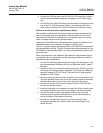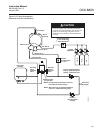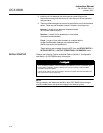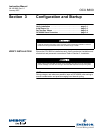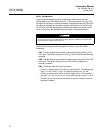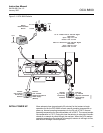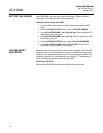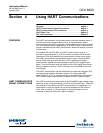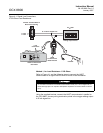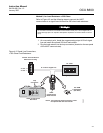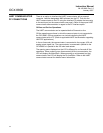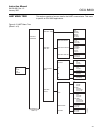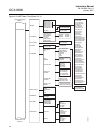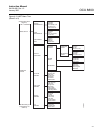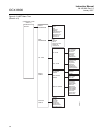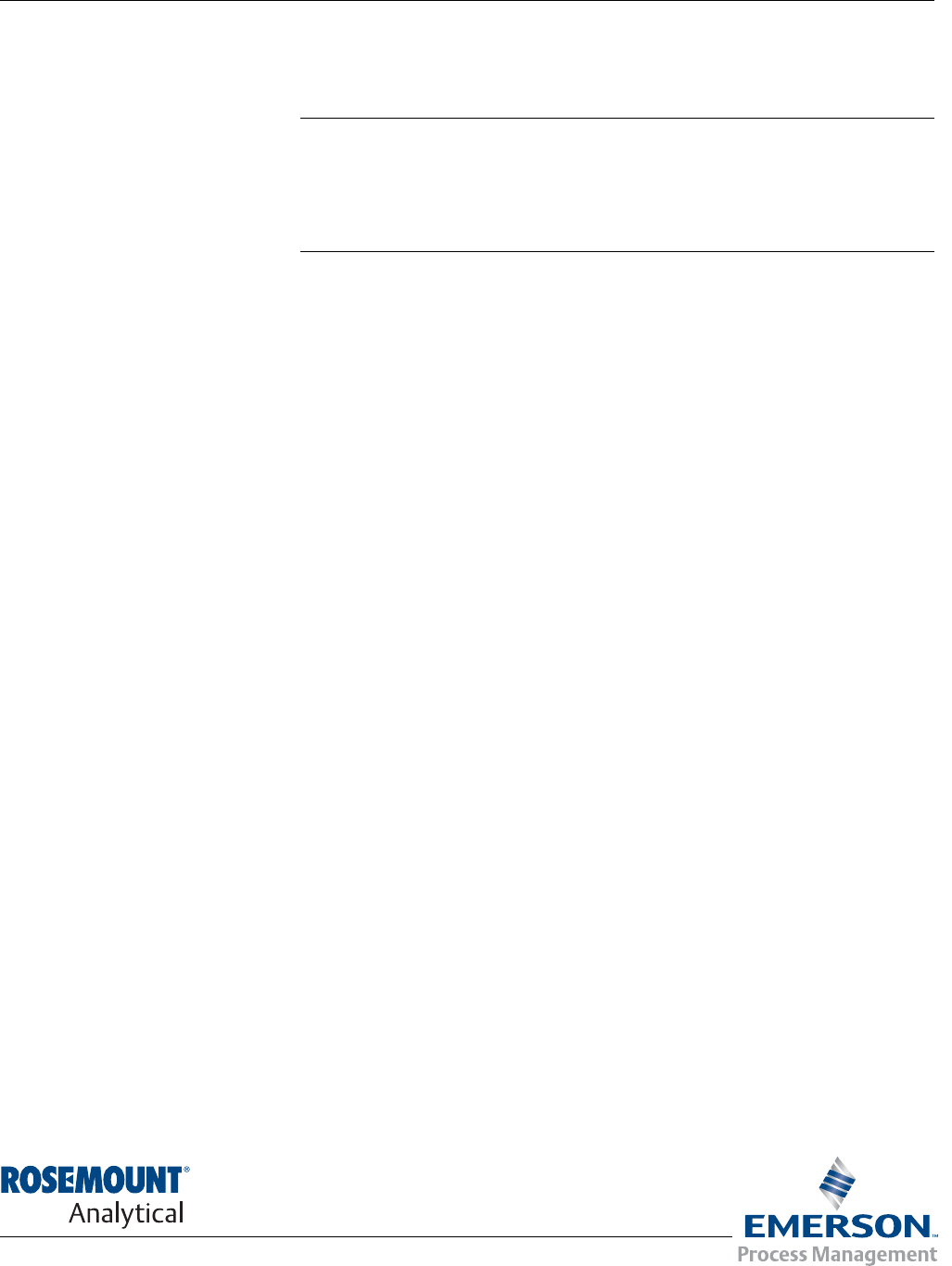
Instruction Manual
IM-106-880, Rev 1.0
January 2007
OCX 8800
http://www..raihome.com
Section 4 Using HART Communications
Overview . . . . . . . . . . . . . . . . . . . . . . . . . . . . . . . . . . . . . . . page 4-1
HART Communicator Signal Connections . . . . . . . . . . . . page 4-1
HART Communicator PC Connections . . . . . . . . . . . . . . . page 4-4
HART Menu Tree . . . . . . . . . . . . . . . . . . . . . . . . . . . . . . . . . page 4-5
D/A Trim Procedures . . . . . . . . . . . . . . . . . . . . . . . . . . . . . page 4-9
OVERVIEW The HART communicator is a handheld communications interface device. It
provides a common communications link to all microprocessor-based
instruments that are HART compatible. The handheld communicator contains
an 8 x 21 character liquid crystal display (LCD) and 25 keys. A pocket-sized
manual, included with the HART communicator, details the specific functions
of all the keys.
To interface with the OCX 8800, the HART communicator requires a
termination point along the O
2
4-20 mA current loop and a minimum load
resistance of 250 ohms between the communicator and the power supply.
The HART communicator accomplishes its task using a Frequency Shift
Keying (FSK) technique. With the use of FSK, high-frequency digital
communication signals are superimposed on the 4-20 mA oxygen output
signal. The communicator does not disturb the 4-20 mA signal since no net
energy is added to the loop. HART information is not available on the COe
output signal.
The HART communicator may be interfaced with a personal computer (PC),
providing special software has been installed. To connect the HART
communicator to a PC, an interface adapter is required. Refer to the proper
HART communicator documentation in regard to the PC interface option.
HART COMMUNICATOR
SIGNAL CONNECTIONS
The HART communicator can connect to the OCX 8800 oxygen analog output
signal line at any wiring termination in the O
2
4-20 mA current loop. There are
two methods of connecting the HART communicator to the signal line. For
applications in which the signal line has a load resistance of 250 ohms or
more, refer to method 1. For applications in which the signal line load
resistance is less than 250 ohms, refer to method 2.



